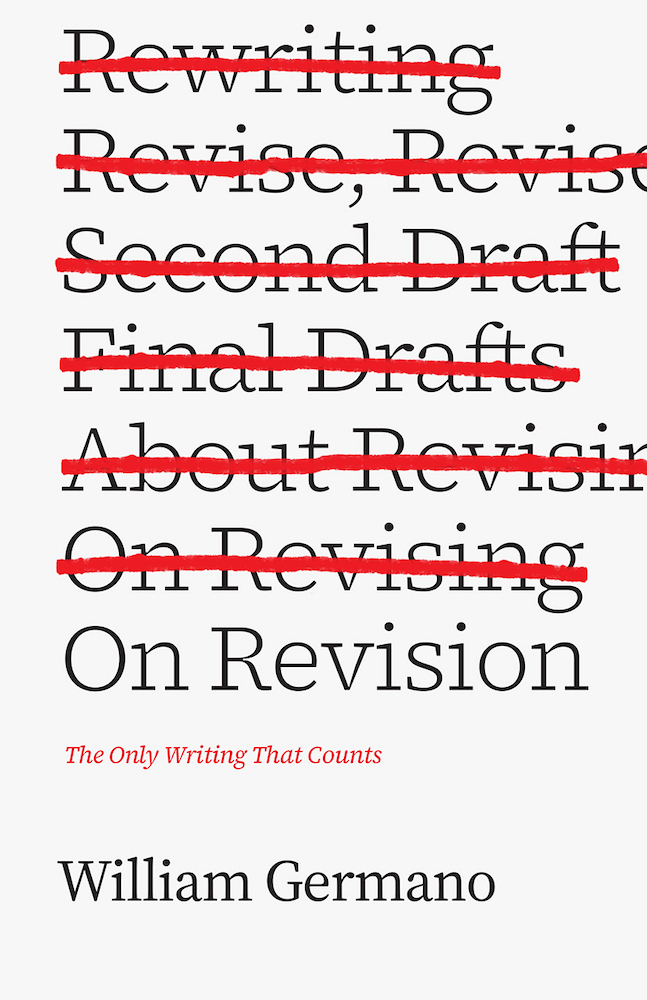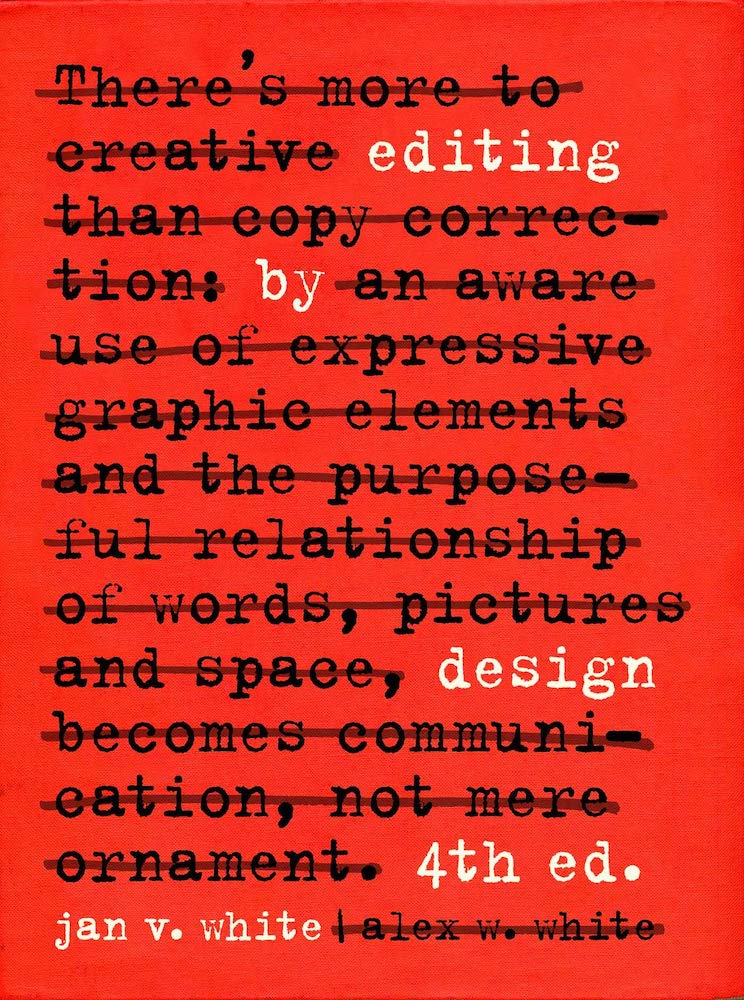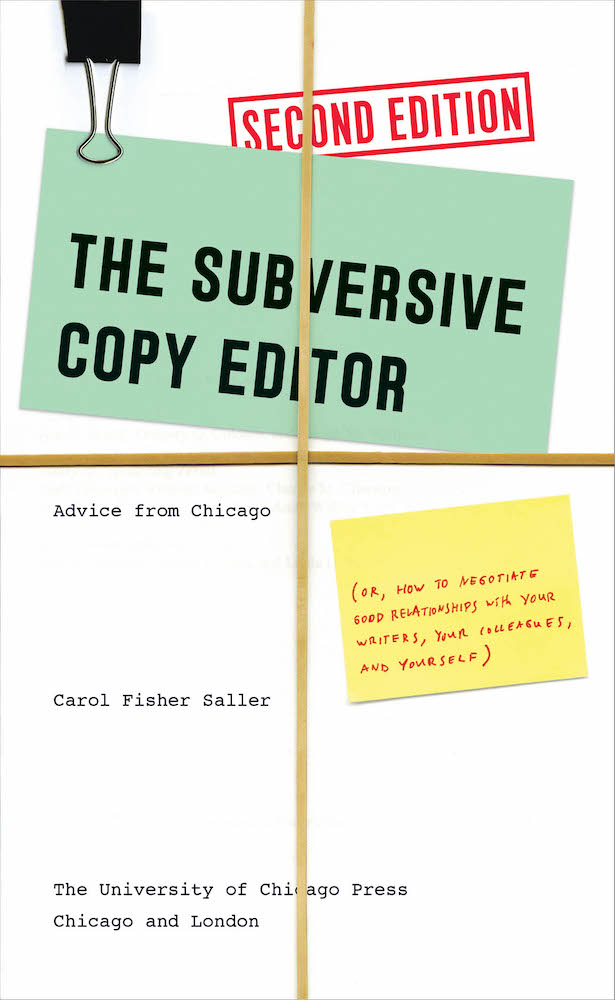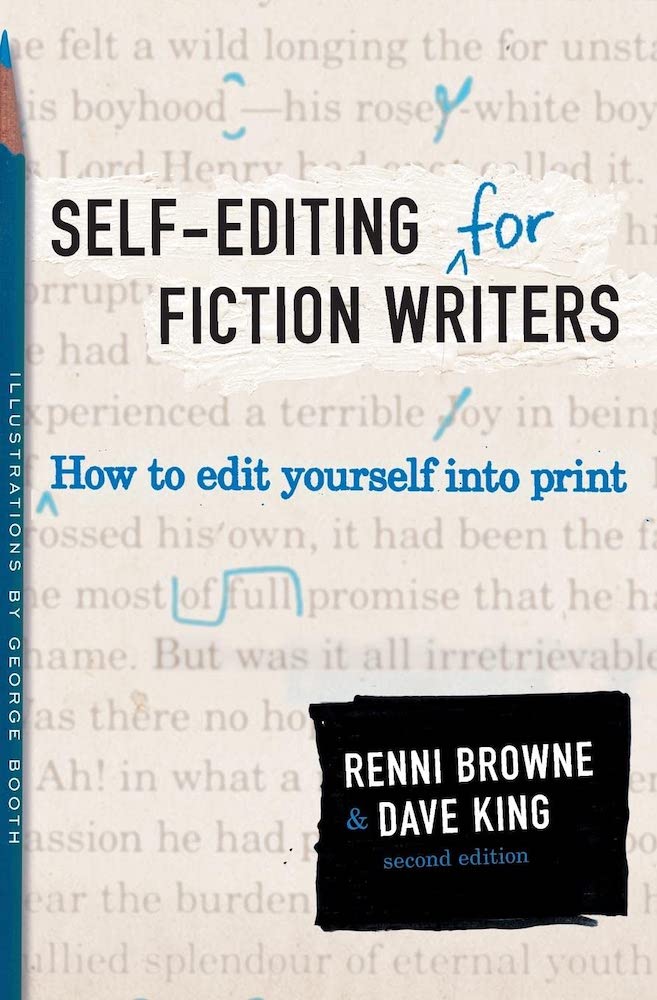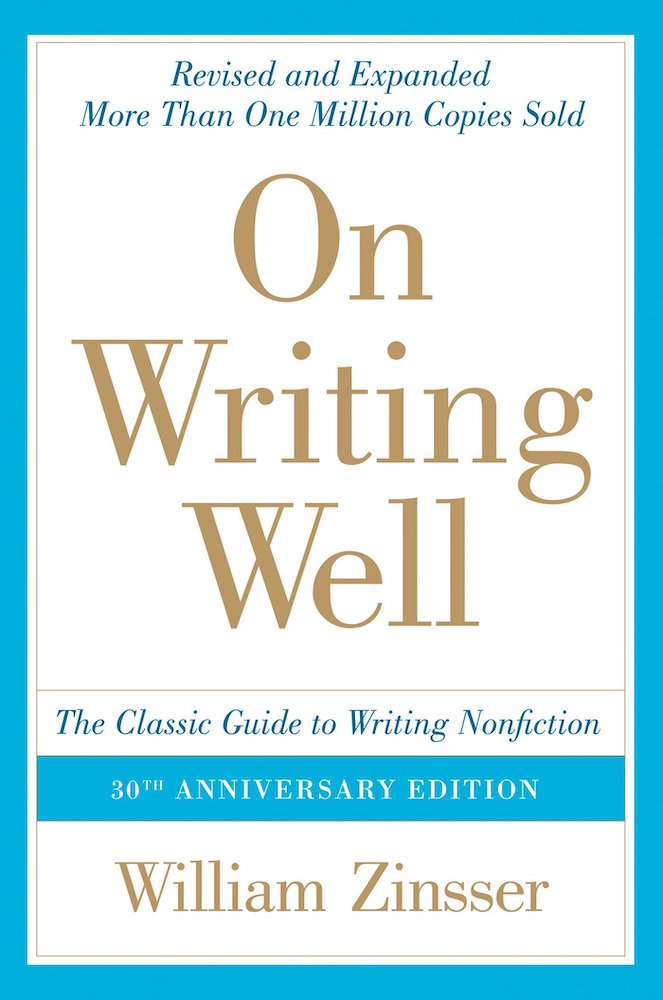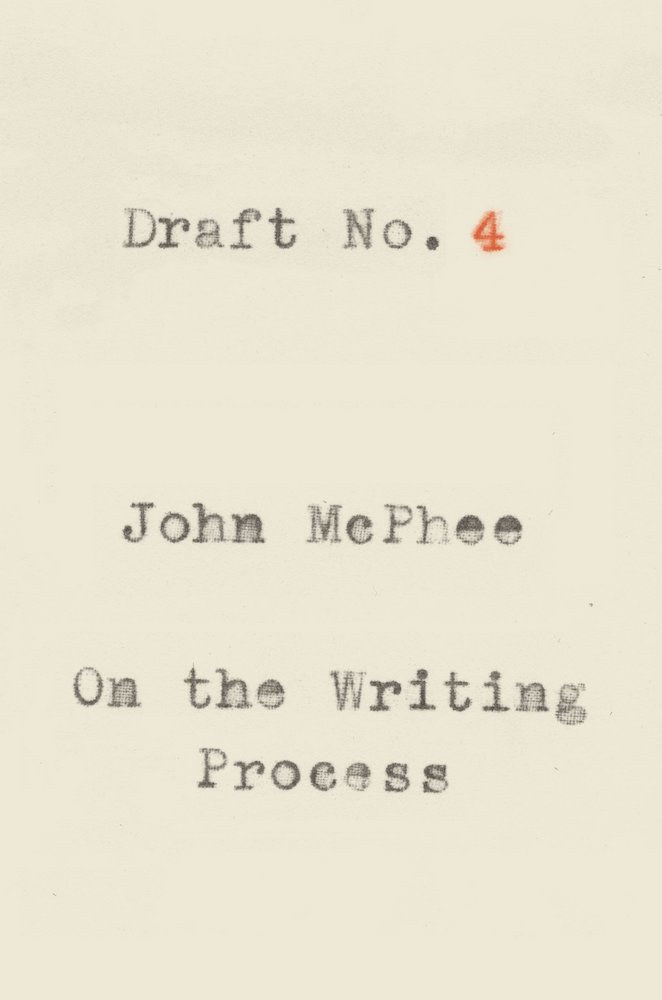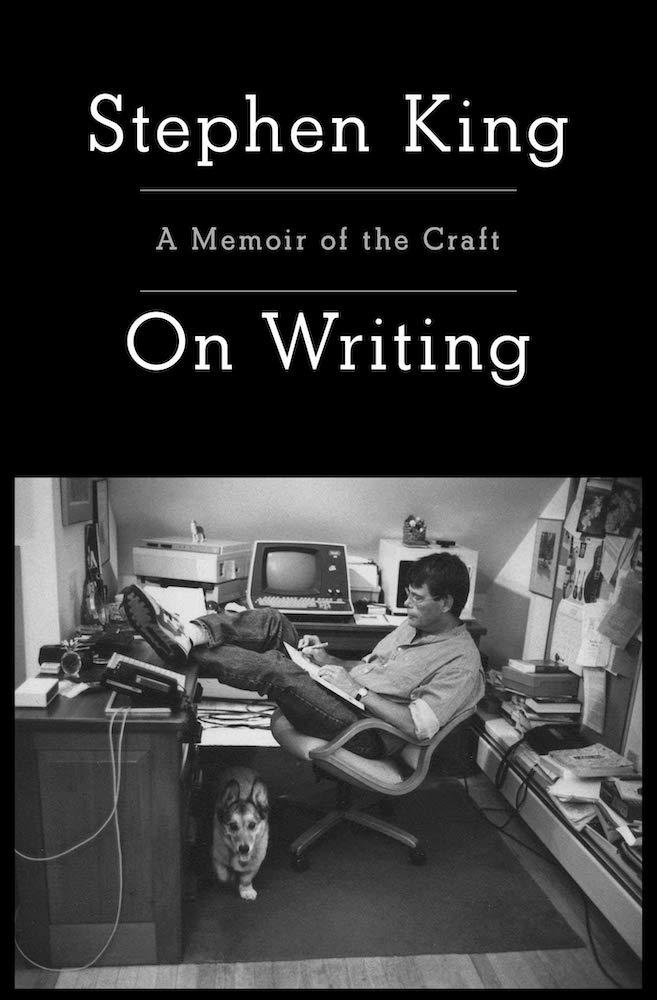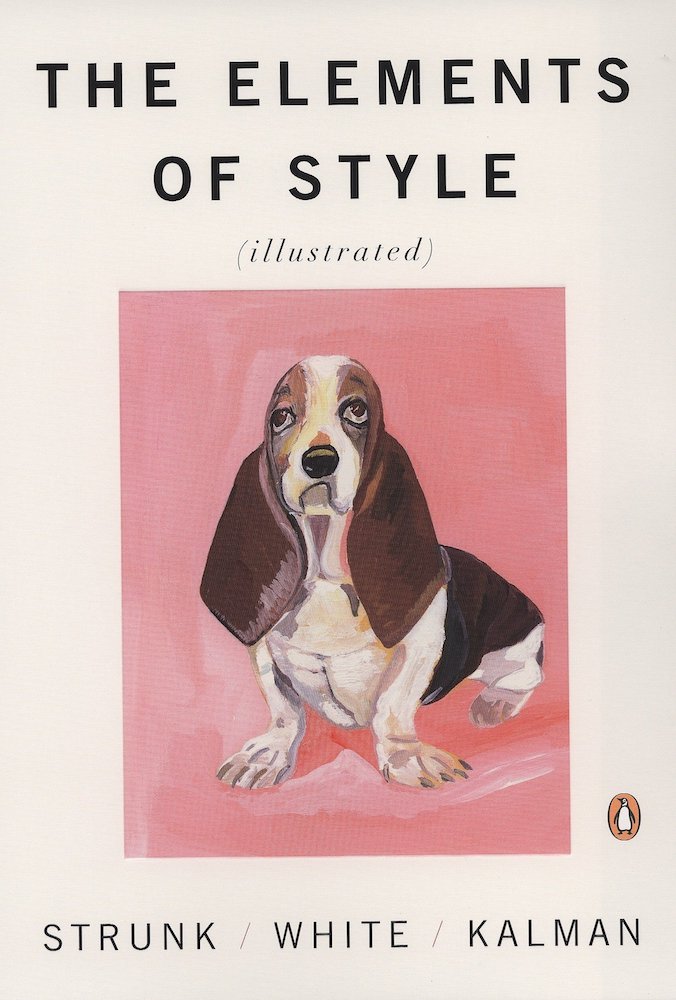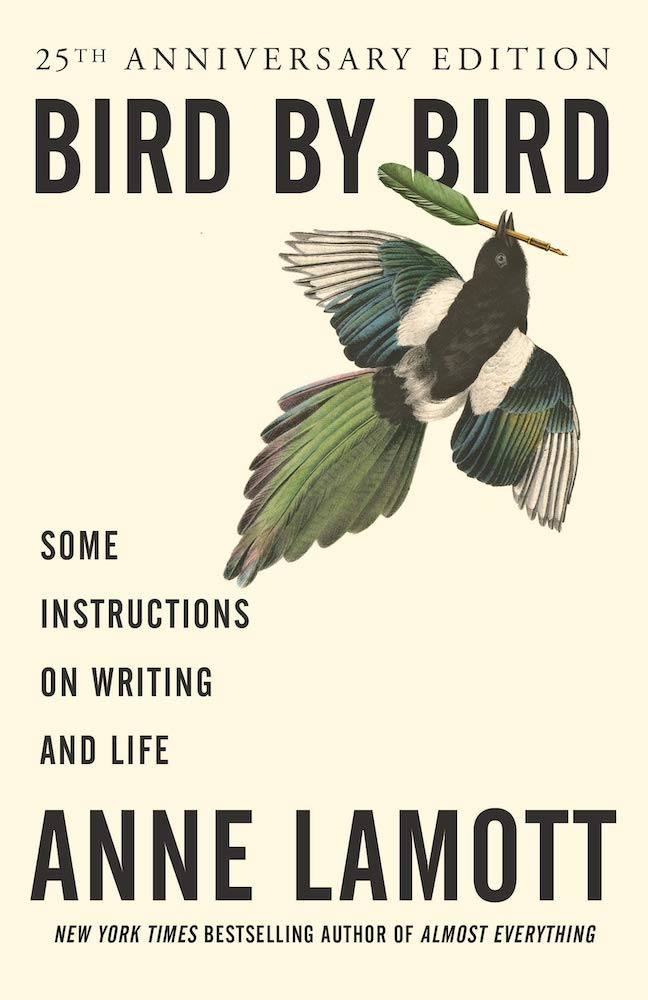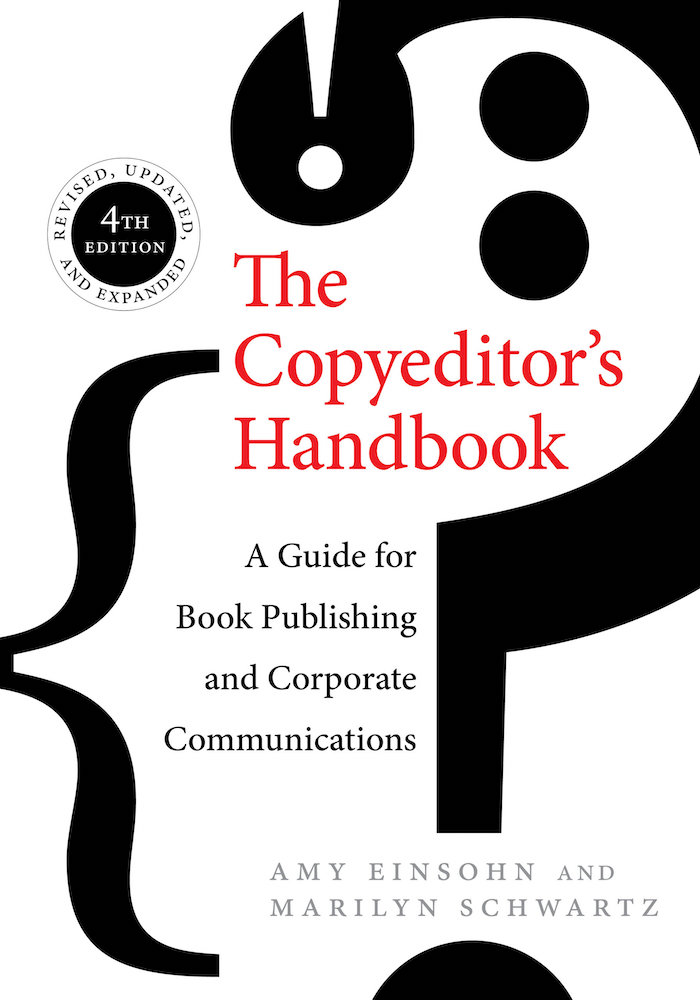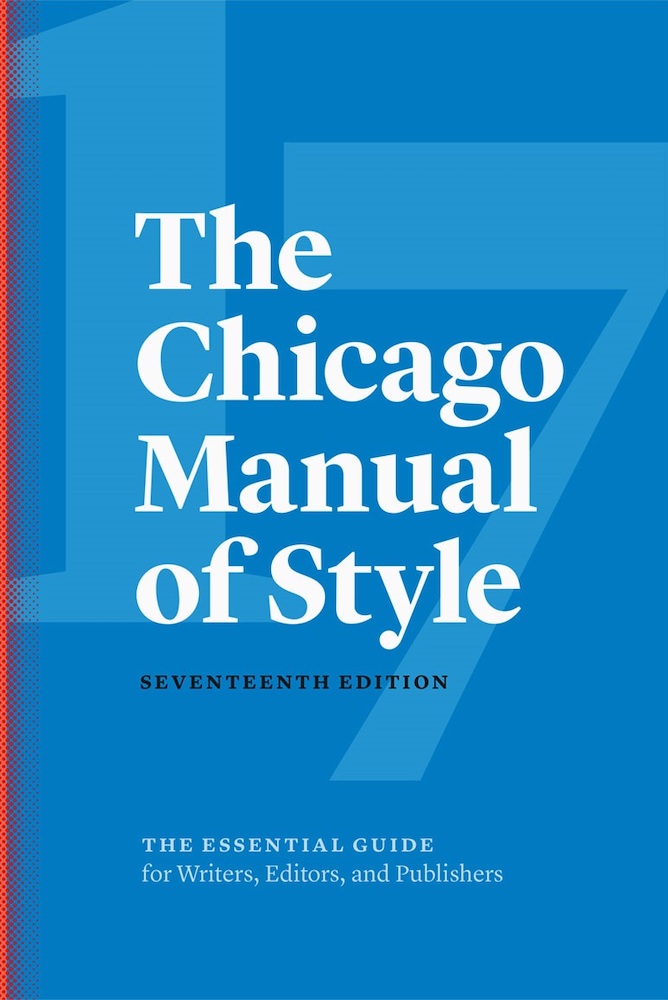
A Proofreader's Library
11 books to refine your proofreading and editing skills.
There’s writing.
Then there’s the long slog of turning that copy into something others would want to read. Of marking up pages, crossing out words, correcting mistakes, and rewriting things until they feel right. That’s the proofreading process.
Bookstores are filled with tomes about writing, telling you how to put one word after another on the page. But when you want to improve your copy, proofread your work, and learn how to edit professionally, you're often left to read books on writing, hoping to stumble across a gem of an idea about proofreading along the way.
There had to be more. I started my search looking for the official guide to proofreading marks, discovered classic copies of the Chicago Manual of Style, and kept digging from there. Before long, I had a growing library of books about the proofreading and editorial process, filled with the tips I'd been looking for.
These are the best books on proofreading I've found—along with some of their best quotes about the writing and revision process:
On Revision
by William Germano
Revision is, as this book’s tagline proclaims, “the only writing that counts.” Yet it’s oft-overlooked: hinted at, mentioned in passing as part of the process, yet seldom treated as a unique discipline.
So Cooper Union professor William Germano wrote the definitive guide to revising your writing into something publishable. The first 45 pages share the core ideas around proofreading, revising, and reworking your writing until it works. But Germano will keep you reading, and in the following hundred pages, you'll learn how to write with an eye towards revision from the start.
Selected Quotes:
- “The best rule for revising your writing is the simplest: listen to it. It's the best way to write, too.”
- “So you’ve just finished writing something? Congratulations. Now you’ll write it again.”
- “Revising is reunderstanding.”
- “Good writing is as much about the why of writing as about the what and how of writing.”
- “You write for two reasons and two reasons only: first, to find out what you think, and, second, to share what you think with others.”
→ Get some of William Germano’s core ideas from On Revision in this 10-Tweet thread about revising writing.
Editing by Design
by Jan V. White and Alex W. White
Bookstores are serendipity machines. Which is how I stumbled upon Editing by Design, a book aimed at print magazine editors, while looking through the design section of a local bookstore for color palette inspiration.
And it ended up being one of the more thought-provoking books I’ve read about the editing process.
For in Editing by Design, you’re designing a widget of words to grab potential readers’ attention and convince them to pick your publication off the newsstand (and subscribe, if you’re lucky). With that, you need both a keen eye for the colors and layouts and more graphic parts of design, but also a keen ear for the words and how they fit together into a print product. If you’re writing for the web, especially as part of an editorial or content marketing team, it’s worth a read (and you may end up wanting to redesign your blog when you’re finished reading).
Selected Quotes:
- “Would you read it if you hadn’t written it?”
- “Very few people actually want your publication. What they need is the information it carries.”
- “We must see our product the way readers do.”
- “Immediate findability is the key to service when readers are in a hurry (as they always are).”
- “To make it more exciting you never add more stuff. Instead, you edit out everything that isn't essential. Then you are left with the nuggets. Then you display the hell out of them.”
→ Read some of Jan V. White’s other out-of-print books for free online, including the classic “Graphic Design for the Digital Age” that includes many of the ideas expanded upon in “Editing by Design”
The Subversive Copy Editor
by Carol Fisher Saller
You’ve written something great, or so you think until the copy edits come back, filled with red ink. You know you’re right, they know they’re right, and a standoff ensues.
Written for copy editors working with writers, Carol Fisher Saller’s book is packed with ways to both improve your text and navigate the relationship between writers and editors. If both of those people live in your head—as they should during those early drafts—you’ll learn how to give yourself a bit of leeway while also convincing your brain to let go of those darlings that are holding your writing back.
Selected Quotes:
- “When did we get the idea that English is so rigid a language that there is only one correct way to say something?”
- “Statistically speaking, I believe that the number of copy editors murdered by their authors is fairly low.”
- “There should be no crying in copyediting.”
→ Get more editing tips from Carol Fisher Saller’s The Subversive Copy Editor Blog.
Self-Editing for Fiction Writers
by Renni Browne and Dave King
You’re telling a story, fiction and non-fiction alike. You’re trying to make something come alive. Renni Browne and Dave King’s book helps you edit with an eye for what makes your story jump off the page.
How much are you showing versus telling? How do passages sound when read aloud? How much space do you give to each character—or to details that don’t advance the story? It’s advice for writing a novel, but something most non-fiction writers could learn from as well.
Selected Quotes:
- “Writing and editing are two different skills. They require two different mindsets. Don’t try to do both at once.”
- “You don’t want to give your readers information. You want to give them experiences.”
- “You can gain some objectivity if you walk away from your writing for a few days or weeks.”
- “Bring your ear into play when you’re editing yourself.”
On Writing Well
by William Zinsser
The classic writing guide from ’76 reads nearly as if it were written today. Short paragraphs and shorter paragraphs in today’s writing feel like surrender to the shrinking attention spans of the Twitter and TikTok generation. Yet to Zinsser, they’re a breath of fresh air, “lean and confident” prose free from extraneous verbiage.
The focus is on non-fiction writing. Yet “rewriting is the essence of writing,” writes Zinsser in the opening paragraph. So there’s a dance, writing and rewriting, finding and refining your way through your ideas, that you’ll discover while learning to write well.
Selected Quotes:
- “The secret of good writing is to strip every sentence to its cleanest components.”
- “Most first drafts can be cut by 50 percent without losing any information or losing the author’s voice.”
- “Good writing is lean and confident.”
- “No area of life is stupid to someone who takes it seriously.”
Draft No. 4
by John McPhee
Rules and commandments are all well and good. Writing isn’t math, though; the Pulitzer isn’t awarded for the most precise grammar. So for a realistic look at getting your idea into print, New Yorker staff writer and prolific author John McPhee’s essays in Draft No. 4 sketch what it's like to work with words.
McPhee's autobiographical stories are mixed with perceptive takes on how to select the best parts of your ideas and rewrite them until they stick—which, for McPhee, tends to be around the fourth draft. And since each essay in the book was originally published in The New Yorker, you can read the whole thing, piecemeal, for free online (links below).
Selected Quotes:
- “Writing is selection.”
- “First drafts are slow and develop clumsily, because every sentence affects not only those before it but also those that follow.”
- “It is toward the end of the second draft, if I’m lucky, when the feeling comes over me that I have something I want to show to other people, something that seems to be working and is not going to go away.”
- “Ideally, a piece of writing should grow to whatever length is sustained by its selected material—that much and no more.”
Read Draft No. 4 for free in The New Yorker:
- Chapter 1: Progression
- Chapter 2: Structure
- Chapter 3: Editors & Publisher
- Chapter 4: Elicitation
- Chapter 5: Frame of Reference
- Chapter 6: Checkpoints
- Chapter 7: Draft No. 4 (the book’s namesake essay)
- Chapter 8: Omission
On Writing
by Stephen King
“Murder your darlings,” Stephen King reminds us, was the original form from Sir Arthur Quiller-Couch of the modern idea to “Kill your darlings.” Shorter words for swifter times.
And King murders a lot of them. Two drafts are what it takes to write something worth reading, he suggests, each time cutting at least 10% of what you’d written, before you go back through and polish your prose.
This book is another nearly-autobiographical volume filled with stories about how a writer willed words onto the page, then cut until they fit. It’s not that you’ll learn things no one else has said about writing. It’s that you’ll hear them from a prolific author and realize, when you struggle to write and rewrite, that you are not alone, that Stephen King faces the same demons, then vanquishes them and gets back to writing.
Selected Quotes:
- “No writer will take all of his or her editor’s advice; for all have sinned and fallen short of editorial perfection.”
- “To write is human, to edit is divine.”
- “Writing is refined thinking.”
- “Only God gets it right the first time and only a slob says, ‘Oh well, let it go, that’s what copyeditors are for.’”
- “Formula: 2nd Draft = 1st Draft – 10%.”
The Elements of Style
by William Strunk Jr. and E. B. White
Here we venture into books purely about writing, with vanishing little to say about the proofreading process and with some recommendations that time has rendered archaic. Yet if you keep the guidelines from section II in mind while editing—“use definite, specific, concrete language,” “omit needless words,” and so on—your writing will be better for the effort. And you may learn how to develop a writing style of your own in the process.
I’m partial to a modern copy, illustrated by Maira Kalman, that caught my eye at a bookstore. Its updated recommendations fit modern writing somewhat better than the original. But the original is still the classic and is free in Project Gutenberg.
Selected Quotes:
- “Language is perpetually in flux.”
- “When a sentence is made stronger, it usually becomes shorter. Thus, brevity is a by-product of vigor.”
- “A sentence should contain no unnecessary words, a paragraph no unnecessary sentences, for the same reason that a drawing should have no unnecessary lines and a machine no unnecessary parts.”
Bird by Bird
by Anne Lamott
Writing is draining. Proofreading, revising, and editing, even more so. You wanted to be done, and now you’re back at the start, and the end feels nowhere in sight.
Take it step by step, or “bird by bird” in Anne Lamott’s memorable rendition of a story where her brother as a child struggled to write an essay about birds. You’ll start out terrible, she advises, but then you can go back and make it better. You just have to start.
It’s less of a guide in how to proofread and edit your work, and more the encouragement you’ll need to do so.
Selected Quotes:
- “Almost all good writing begins with terrible first efforts. You need to start somewhere.”
- “We write to expose the unexposed.”
- “Writing is about hypnotizing yourself into believing in yourself, getting some work done, then unhypnotizing yourself and going over the material coldly.”
The Copyeditor's Handbook
by Amy Einsohn and Alex W. White
A bit more of a textbook than the previous books, The Copyeditor’s Handbook is a guide to the craft of proofreading and copy editing. You’ll learn what to check (spell check alone will only get you so far), what to expect when working with editors, best practices, and more.
Perhaps most helpful are the sections on improving your spelling, something spell check makes far too easy to overlook, and writing memos to accompany your work, something email has made perhaps too casual. It’s a more professional look at copyediting—and if you’ve covered the basics, it’s a way to take your skills to a more scholarly level.
The Chicago Manual of Style
Then there are reference books, and for editing, The Chicago Manual of Style is the classic reference. It’s where you’ll find the most comprehensive detail on handwritten proofreading marks (with 7 pages dedicated to proofreading marks in the 15th edition, though that’s shrunk to a mere two pages in the latest edition now that Suggested Changes replaced most proofreading marks). It’s also where you’ll find equally detailed references on every other part of the editing process.
You likely won’t read it cover-to-cover, but if you need to double-check the correct usage of a word or write perfect citations, it’s the proofreading reference to check.
And while you’re at it, another reference book to check is Butcher’s Copy Editing. Previously published as “Copy-Editing: The Cambridge Handbook,” this is the British counterpart to Chicago’s recommendations.
→ You can reference and search through The Chicago Manual online with a paid subscription, or can borrow the 16th, 15th, and 14th editions for free (along with the original Cambridge Handbook) and read them online from The Internet Archive.
And more.
Odds are you’ll find proofreading inspiration and tips on how to improve your copy in any book about writing. Here’s a short list of the other writing-focused books I’m planning to read in the near future—ones others have recommended for improving your proofreading game:
- Eats, Shoots & Leaves
- Style: Lessons in Clarity and Grace
- Word up! How to Write Powerful Sentences and Paragraphs
- Dryer’s English
- Steering The Craft
- The New Oxford Guide to Writing
- Write Useful Books
- The Sense of Structure
- Writing Tools
- Everybody Writes
→ What else should be in a comprehensive proofreading library? Share your favorites.

